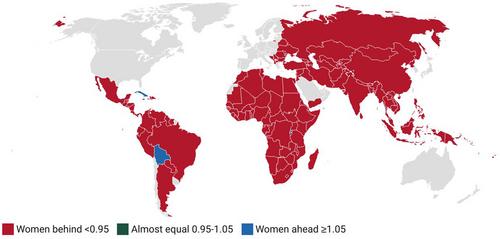Girls' schooling is important but insufficient to promote equality for boys and girls in childhood and across the life course
Abstract
Motivation
Investing in girls' schooling in low- and middle-income countries (LMICs) is seen as central to improving gender equity. It is argued that interventions to promote girls' enrolment are appropriate as girls face gendered barriers to school enrolment and completion and investing in girls' schooling has high economic and human development returns. But is this fair to boys and enough for girls?
Purpose
We ask how appropriate it is to direct development assistance towards improving girls' school enrolment, compared to prioritizing schooling for both girls and boys, and addressing barriers to gender equality throughout the life course.
Methods and approach
We frame the enquiry through a human development framework with three distinct but interdependent domains: protection of human development potential; realization of human development potential; and use of human development potential.
Using publicly available data, we identify indicators that are likely to be correlated with the degree to which human development potential is protected, realized, and utilized in LMICs. We compare male and female outcomes on each of these indicators to assess gender parity at different life stages.
Findings
In most regions, girls are ahead of boys in both school enrolment and completion. Girls have better outcomes than boys in several other indicators in early life and childhood.
In adolescence and adulthood, girls and women fall behind boys and men. This is especially apparent in workforce participation, in unemployment, in pay, and in share of unpaid care work and political participation, where women have less favourable outcomes than men. The bias against women is most marked in South Asia and sub-Saharan Africa.
Policy implications
A focus on girls' schooling should be tempered by ensuring quality pre-primary, primary, and secondary schooling for both boys and girls. At the same time, we must address causes of gender inequality, including labour market discrimination and social norms that justify the exclusion and exploitation of women and girls.


 求助内容:
求助内容: 应助结果提醒方式:
应助结果提醒方式:


